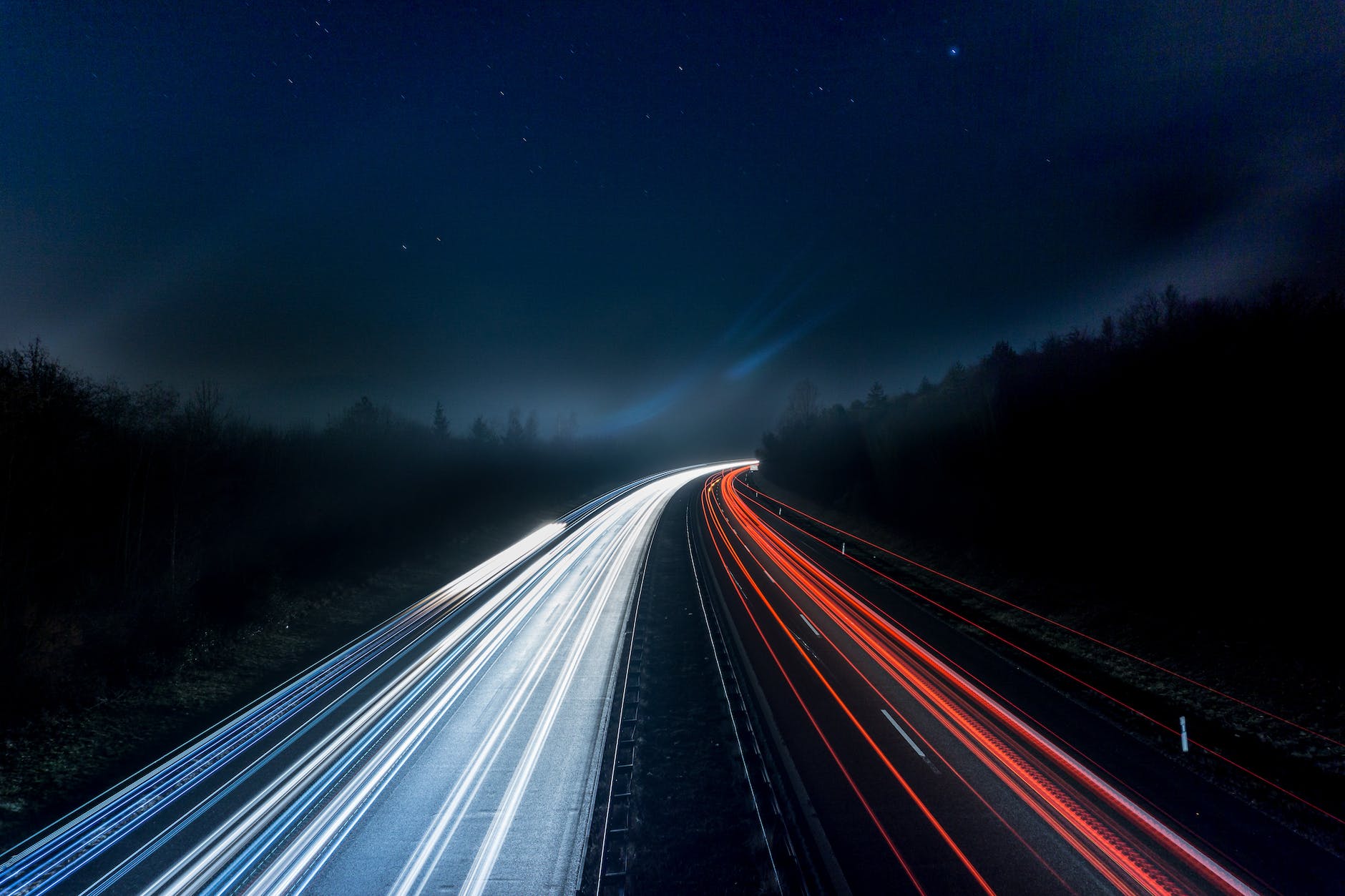In the interplay of various art movements, psychosocial dynamics, and fashion trends, the influence of psychedelics is pervasive and profound. Psychedelics left a vivid stamp not only on the counterculture movement of the 1960s and 70s but continue to influence our culture and aesthetics to this day.
Arguably, the counterculture movement marked the initiation of psychedelia into pop culture. During this period, LSD, psilocybin, and mescaline became popular among youth seeking alternative experiences and perspectives on reality. These substances were often celebrated for their ability to induce transcendental experiences and unexplored cognitive processes, breaking down the barriers of conventional thought.
Entering the mainstream through drug literature and music, psychedelics rapidly permeated various areas of pop culture. Notable musicians like The Beatles, Jimi Hendrix, and The Doors became icons and influencers, integrating psychedelic experiences into their music.
The allure of these experiences extended beyond music, seeping into the realm of psychedelic literature . Works such as Aldous Huxley’s “The Doors of Perception” and “Heaven and Hell,” and Tom Wolfe’s “The Electric Kool-Aid Acid Test” sought to articulate the ineffable experiences associated with psychedelic use. This trend gave rise to an entirely new genre of introspective and insightful drug literature.
Simultaneously, psychedelia began to influence visual aesthetics, yielding a unique style of vibrant, kaleidoscopic, and often surreal artwork. Peter Max, a pop art icon, is perhaps one of the most famous artists known for his psychedelic motifs. His captivating artwork has continued to influence many later art movements, with psychedelic elements appearing frequently in pop art.
The influence of psychedelics also transcended visual art, making a considerable impact on the world of fashion trends. Clothing began to feature vibrant colors, complex patterns, and trippy designs reflective of hallucinogenic experiences. Trends such as bell-bottom trousers, tie-dye shirts, and paisley prints became popular and continue to enjoy periodic revivals in today’s fashion world.
Psychedelia found its way into film and television, as well. From the mind-bending animation in the Beatles’ “Yellow Submarine” to the hypnotically surreal visuals of Stanley Kubrick’s “2001: A Space Odyssey,” the influence was clear. This distinct psychedelic aesthetic has also been exemplified in more recent films like “Fear and Loathing in Las Vegas,” demonstrating its enduring relevance.
Beyond its aesthetic impacts, the psychedelic movement also played a considerable role in shaping early social commentary ideals about personal freedom and the questioning of authority. It encouraged introspection, self-realization, and a departure from orthodox societal norms – all critical elements of the counterculture movement.
As psychedelics became more prevalent in pop culture, they also found their way into advertising. The bright color palettes and artistic flourishes associated with psychedelic culture were increasingly applied in advertisements for everything from soft drinks to clothing.
While the mainstream view of psychedelic substances has often been controversial, their influence on popular culture is undeniable. In many ways, they have served as creative catalysts, altering the course of music, literature, art, fashion, and film. As society continues to explore the potential benefits of these substances in fields of therapy and personal development, their influence is likely only to grow.
Psychedelics have not just contributed to pop culture; they have helped to define it by questioning established norms and pushing the boundaries of the human psyche. The perception, presentation, and understanding of psychedelics in pop culture may continue to change, but their historic importance remains irrefutable. As we continue to navigate the new psychedelic renaissance, the aesthetics and philosophies born of these substances will no doubt continue to permeate our culture in surprising and fascinating ways.




